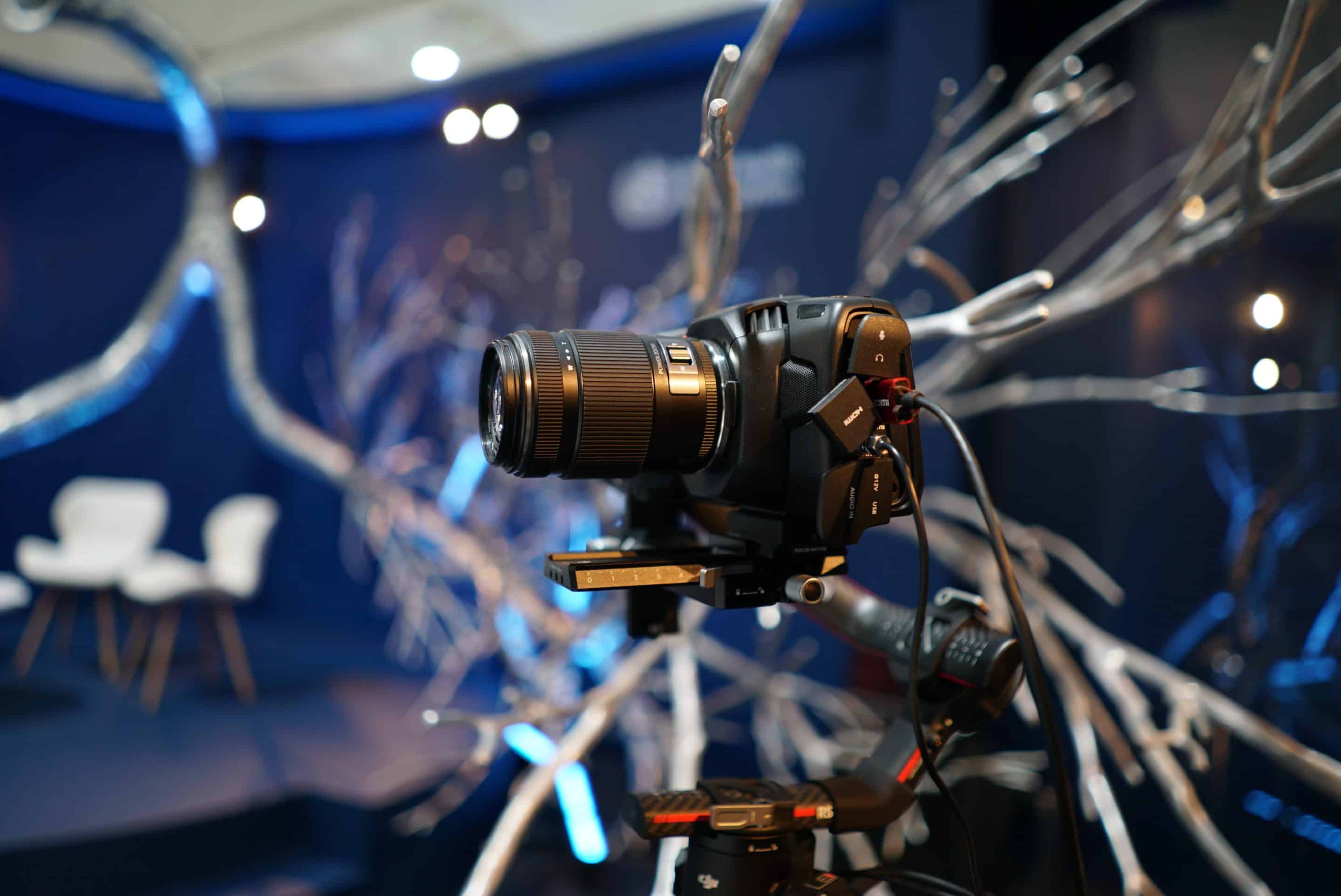SRT (Secure Reliable Transport) is an open-source video transport protocol designed for secure, low-latency video delivery over the internet. It has quickly become a preferred choice for broadcasters and streaming companies because it offers the reliability of traditional satellite transmission — but with the cost efficiency and flexibility of IP. The emergence of SRT streaming has transformed the landscape of video broadcasting.
Why Broadcasters are Moving from Satellite to SRT
-
Cost Savings – No need for expensive satellite transponders or uplink facilities.
-
Flexibility – Works from OB trucks, hotel ballrooms, production cabins, or even remote reporters using 5G bonding.
-
Low Latency – Typical end-to-end delay is 200–400ms, compared to ~500ms or more with satellite.
-
Scalability – One feed can be redistributed across multiple platforms: TV, OTT, YouTube, Twitch, and more.
-
Security – AES-128/256 encryption keeps contribution feeds secure end-to-end.
Multiple Destinations: Smarter Workflows with SRT
SRT Streaming: The Future of Broadcast Technology
In addition to replacing satellite, SRT is invaluable for multi-platform distribution.
Traditionally, if we were streaming from a hotel, conference centre, or venue with limited bandwidth, sending three simultaneous live streams (e.g. YouTube, Facebook, LinkedIn) from the same internet connection could easily saturate the network.
Instead, we use a single SRT uplink to our MCR (Master Control Room). From there, we redistribute the stream to all destinations with very low latency.
✅ Advantages of this workflow:
-
Reduces dependency on venue internet bandwidth.
-
Ensures consistent quality and bitrate.
-
Provides redundancy — if one platform fails, the MCR can re-route quickly.
-
Allows centralised monitoring, clipping, and graphics insertion.
This approach gives us complete control over multi-destination streaming, even from challenging environments.
Equipment for SRT Workflows
-
Encoders: Haivision Makito X4, Univiso UV100/UV2004, Kiloview P series, Magewell Ultra Encode, LiveU Solo/800.
-
Decoders: Haivision Makito X, Kiloview D350, Univiso UV2004, Magewell Pro Convert.
-
Bonded Routers: Teltonika RUTX12/TRB500, Peplink MAX, LiveU/TVU portable units.
Our Experience: Using SRT at the Esports World Cup
At the Esports World Cup (EWC) in Riyadh, Creative Broadcast Agency played a pivotal role in distributing the tournament to a global audience:
-
Multi-Arena Connectivity: Five esports arenas were connected back to the Main Control Room (MCR) via fibre and SRT streams.
-
Remote Contribution: We deployed 5G bonding units for roaming reporters, sending live SRT feeds into the OB truck.
-
Global Rights Distribution: Using SRT, we delivered clean feeds to international broadcasters and TV channels that had purchased rights, as well as live streaming to YouTube.
-
Reliability: With millions of viewers and $27 million in prize money at stake, SRT’s resilience ensured uninterrupted contribution and distribution.
This demonstrated how SRT can replace satellite links for major global events, cutting costs and maintaining broadcast-grade quality.
Key Takeaway
From the Esports World Cup in Riyadh to corporate conferences in Dubai hotels, Creative Broadcast Agency uses SRT streaming as the backbone of modern broadcast workflows. Whether it’s replacing satellite transmission for global rights distribution, or optimising limited venue bandwidth by routing streams through our MCR, SRT consistently delivers secure, reliable, low-latency video at scale.
It’s not just a protocol — it’s a new standard for live contribution and distribution in the broadcast industry.











